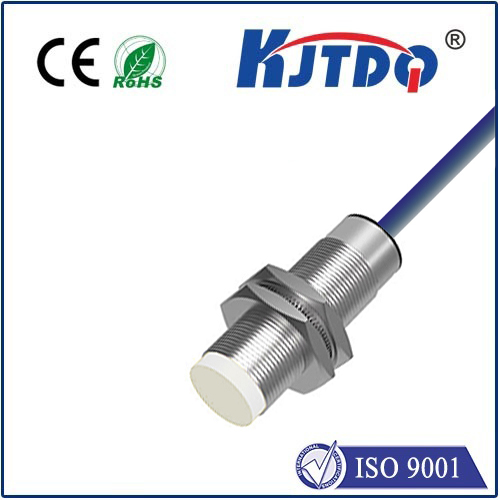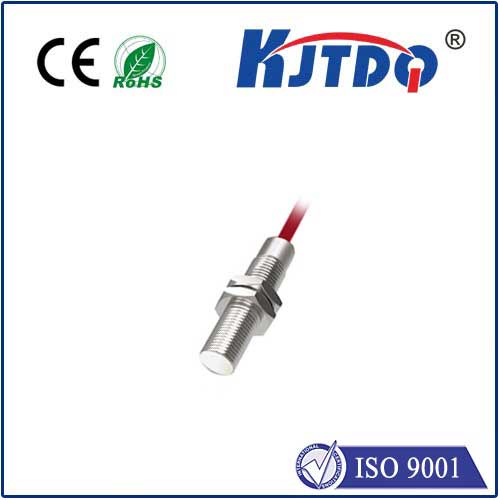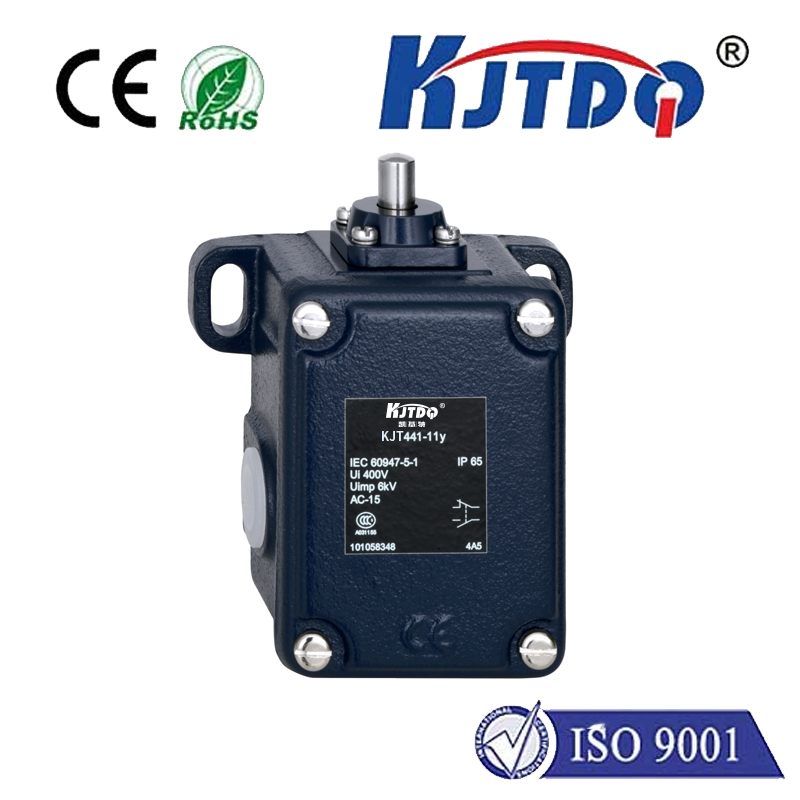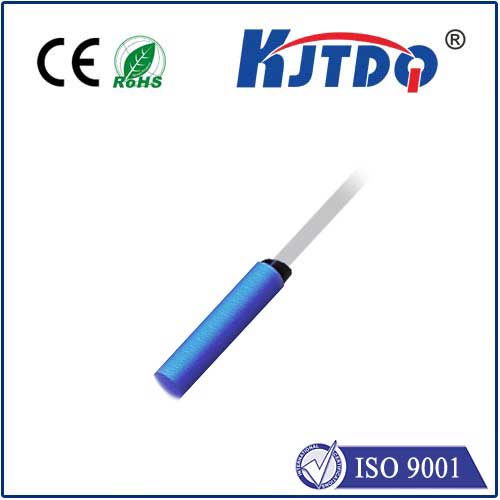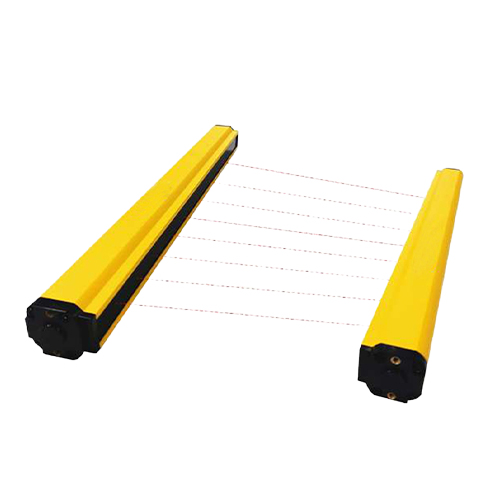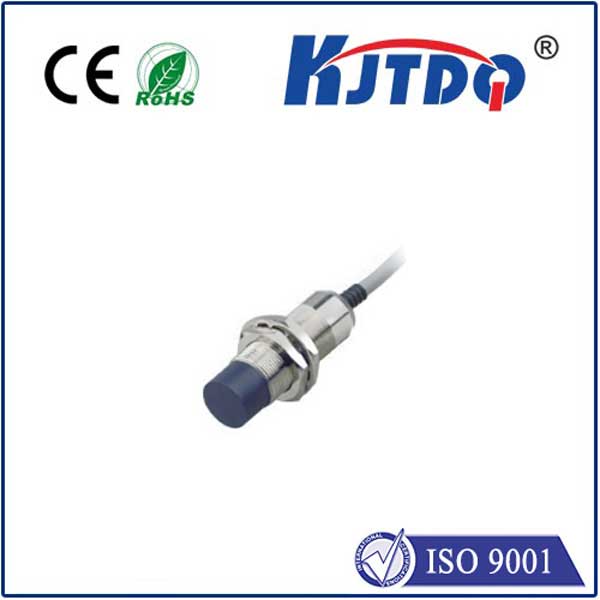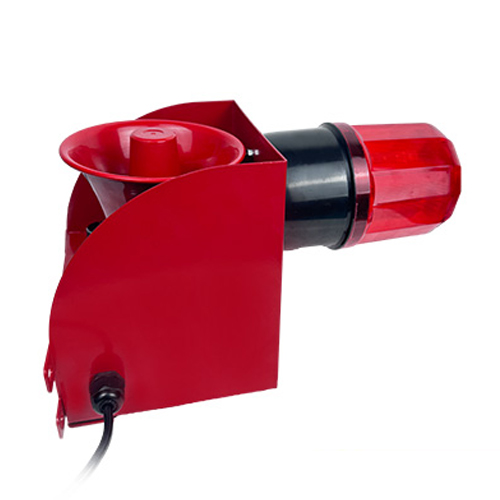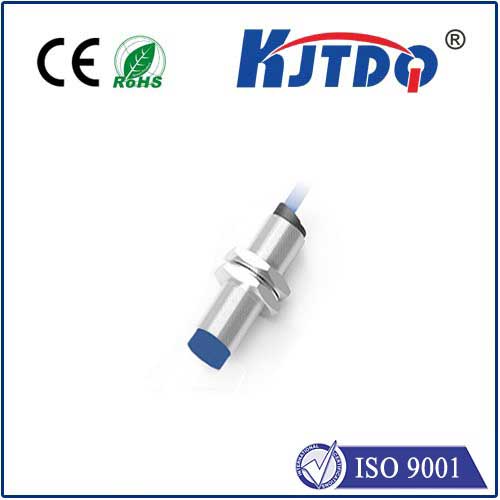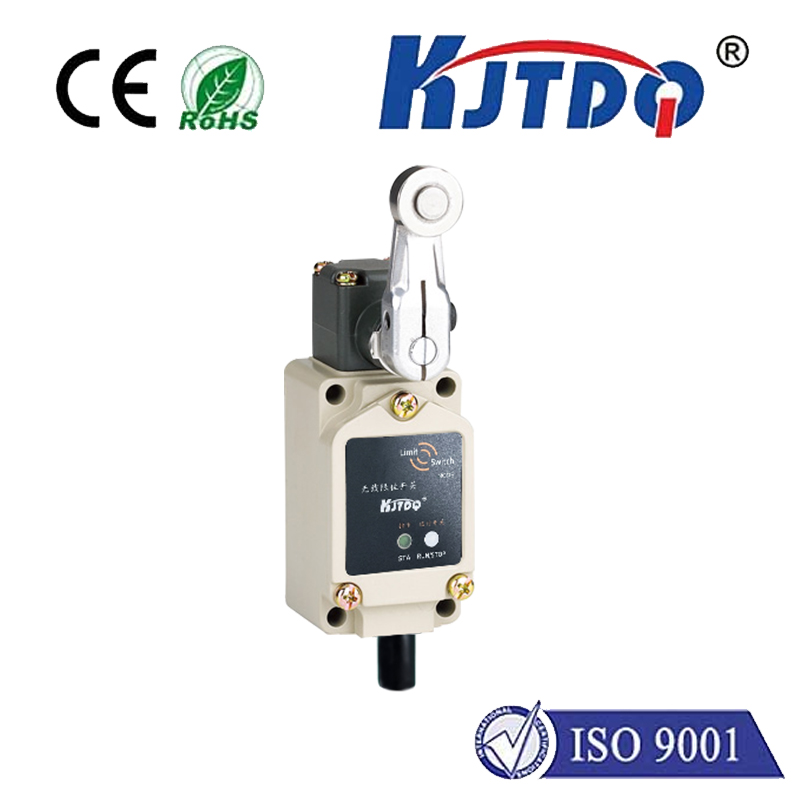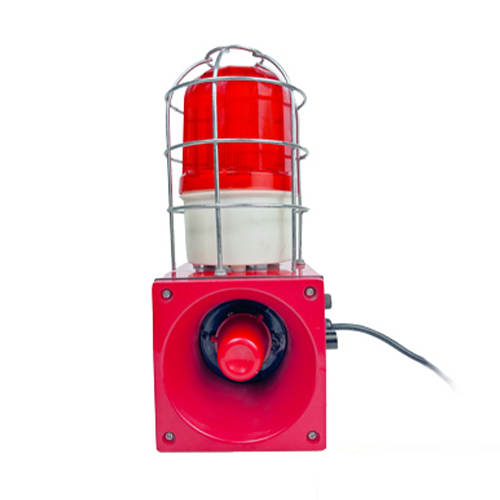microwave doppler sensor
- time:2025-08-14 15:48:43
- Click:0
Microwave Doppler Sensors: Unlocking Motion Detection Through Radio Waves
Ever wondered how your garage light magically turns on as you approach, even before you step inside? Or how sophisticated security systems seem to “sense” an intruder through walls or glass? The invisible hero behind these feats is often the Microwave Doppler Sensor, a versatile technology harnessing the principles of radio waves to detect movement with surprising precision and reliability.
Understanding the Core: The Doppler Effect in Action
At the heart of every microwave Doppler sensor lies the Doppler Effect, the same phenomenon that causes a siren’s pitch to change as an ambulance speeds past you. When a sensor emits a continuous wave of microwave energy (typically in the K-band, around 10.525 GHz or 24.125 GHz, though others exist), this energy travels outward. If this wave encounters a moving object, the frequency of the wave reflected back to the sensor is shifted.
- Movement Towards the Sensor: Causes the reflected wave’s frequency to increase.
- Movement Away from the Sensor: Causes the reflected wave’s frequency to decrease.
The sensor constantly compares the frequency of the emitted signal with the frequency of the reflected signal it receives. This difference, known as the Doppler shift or beat frequency, is directly proportional to the speed of the moving object relative to the sensor. Crucially, the mere presence of this frequency shift tells the sensor that motion is occurring within its detection zone. It doesn’t necessarily “see” the object in a visual sense; it detects the change caused by movement.

Key Advantages Over Other Sensing Technologies
Microwave Doppler sensors offer several distinct benefits that make them suitable for a wide array of applications:
- Penetration Capability: Unlike Passive Infrared (PIR) sensors, which require a direct line of sight and are easily blocked, microwave signals penetrate non-conductive materials like plastic, drywall, wood, and even glass. This allows them to detect motion through obstacles, a critical feature for applications like concealed security systems or sensing behind control panels.
- Immunity to Environmental Factors: They are largely unaffected by ambient temperature changes, humidity, dust, or light conditions (sunlight, darkness). This makes them exceptionally reliable in harsh or variable environments where PIR sensors might suffer from false triggers or reduced sensitivity.
- Sensitivity to Minor Movements: Microwave sensors can detect extremely subtle motions, including very slow movements or even just the vibration of an object. This level of sensitivity is valuable in applications like industrial monitoring or fine-tuned automation.
- Determining Velocity: While primarily used for presence detection, the magnitude of the Doppler shift inherently provides information about the target’s speed relative to the sensor, which can be utilized in specific traffic or industrial monitoring scenarios.
Where Microwave Doppler Sensing Shines: Key Applications
The unique capabilities of these sensors drive their adoption across numerous fields:
- Building Automation & Lighting Control: Automatically turning lights on/off in hallways, stairwells, restrooms, and storage areas based on occupancy, offering significant energy savings. Their ability to operate reliably regardless of ambient temperature changes near HVAC vents is a major plus.
- Security & Intrusion Detection: Detecting movement within protected areas, often mounted inside walls or ceilings for covert operation. Penetration allows detection through walls or windows, covering larger or obscured zones effectively. Integrating microwave Doppler sensors with PIR technology creates robust dual-tech sensors, minimizing false alarms while maximizing detection probability.
- Smart Home & Assistive Living: Enabling automatic door operation, presence detection for heating/cooling systems, and fall detection systems for the elderly by sensing unusual lack of movement or sudden drops.
- Traffic Monitoring & Vehicle Detection: Used in systems to count vehicles, measure speed, trigger traffic signals at intersections, or detect vehicles stopped in restricted zones (e.g., level crossings).
- Industrial Automation & Process Control: Monitoring conveyor belt movement, detecting jams, sensing the presence or vibration of machinery components, and triggering processes based on object movement on production lines.
- Automatic Doors & Gates: Reliably detecting approaching pedestrians or vehicles to trigger opening mechanisms, functioning effectively in varying weather conditions.
Important Considerations and Design Nuances
While powerful, deploying microwave Doppler sensors effectively requires understanding their characteristics:
- Detection Pattern: Sensors emit a beam, and their specific antenna design determines the shape and size of the detection zone (e.g., long-range narrow beam, wide-angle curtain, volumetric). Careful aiming and understanding of the pattern are crucial.
- Sensitivity Control: Most sensors allow adjustment of the sensitivity threshold. Setting it too high can cause false triggers from minor vibrations or movement beyond the intended zone. Setting it too low might miss desired detection.
- Potential for False Triggs: While robust, they can be triggered by large moving objects outside the intended area (like vehicles on a nearby road) or by moving reflective surfaces within the detection zone (e.g., curtains blowing near a vent, rotating fan blades, water flow in pipes). Proper placement and shielding are essential.
- RF Safety: Operating within internationally recognized frequency bands and power levels (typically below 10mW), modern microwave Doppler sensors pose no known health risk to humans when used according to manufacturer specifications. The energy levels are vastly lower than those used in microwave ovens or mobile phones.
A Versatile and Reliable Sensing Solution
The microwave Doppler sensor stands as a testament to the ingenious application of fundamental physics. Its ability to reliably detect motion through obstacles and in challenging environmental conditions makes it an indispensable tool in modern automation, security, and industrial systems. By emitting low-power radio waves and interpreting the subtle shifts in their return signal caused by movement, these sensors provide a unique and powerful window into the dynamics of the physical world around us. From the simple convenience of an automatic light to the critical safety of an intrusion alarm, the microwave Doppler sensor continues to unlock innovative solutions where detecting movement matters most.












